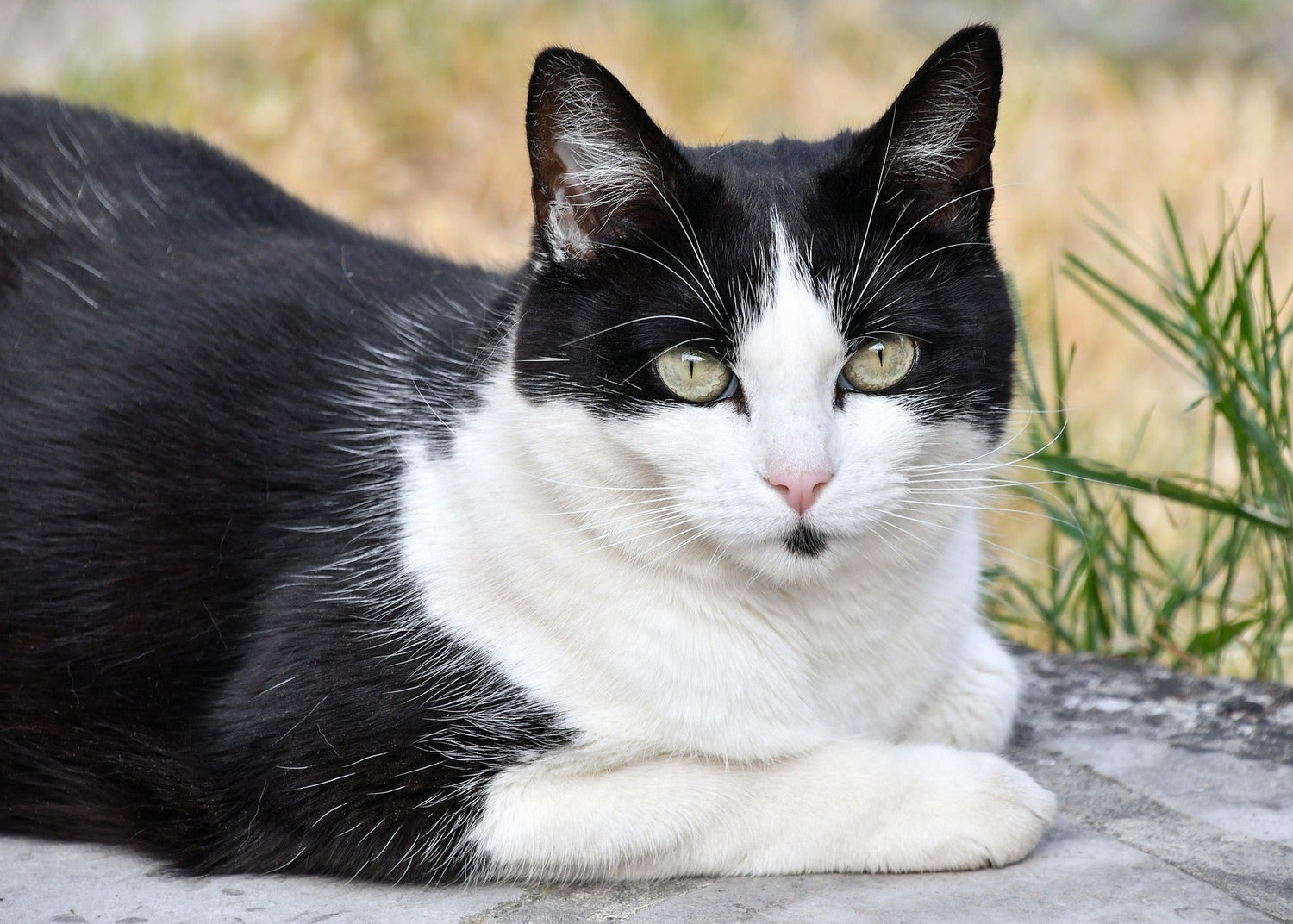The Fascinating History of Cat Domestication: From Wild Hunters to Beloved Companions

For thousands of years, cats have walked alongside humans — sometimes as protectors, sometimes as symbols, and today as cherished family members. The story of how cats became domesticated is one of the most fascinating journeys in human history, filled with mystery, culture, and connection.
Ancient Cats: Hunters at the Dawn of Agriculture
Archaeological evidence suggests that the domestication of cats began around 9,000 years ago in the Fertile Crescent, where humans were first learning to farm. Early settlements attracted rodents, and wild cats (most likely Felis silvestris lybica, the African wildcat) quickly took advantage of the new food source.

Unlike dogs, who were actively bred by humans for specific roles, cats likely domesticated themselves by choosing to stay close to human communities where food was abundant. In return, people tolerated and even encouraged their presence because they helped protect precious grain stores.
It is remarkable to think that from the very beginning, cats seemed to understand how to make themselves indispensable — and even today, they behave as though they truly own the house.
Cats in Ancient Egypt: Sacred and Symbolic
No discussion of the history of cats is complete without Ancient Egypt. Cats were not just pest-controllers; they were sacred animals. The goddess Bastet, often depicted as a lioness or with a cat’s head, symbolised protection, fertility, and motherhood.

Families often kept cats as companions, and harming one was considered a serious offence. Cats became so revered that they were mummified and buried with their owners. Egyptian art frequently shows sleek, elegant cats lounging in homes — a reminder that our feline friends have inspired creativity and devotion for millennia.

The Spread of Cats Across the World
From Egypt, cats spread across Europe, Asia, and eventually the rest of the world. Traders and sailors carried them aboard ships to control rats, helping cats establish themselves on distant shores.
By the time of the Roman Empire, cats were widely kept as both working animals and companions. In medieval Europe, however, cats sometimes faced suspicion and were unfairly associated with superstition and witchcraft. Despite this, their usefulness in controlling vermin ensured their survival through even the darkest chapters of history.

From Farmyards to Living Rooms
Fast forward to the 18th and 19th centuries, and cats had firmly established themselves as treasured household pets. Selective breeding began to produce the wide variety of breeds we know today.

Currently, there are around 70 recognised domestic cat breeds worldwide (the number varies slightly depending on the cat fancier association). From elegant Siamese to fluffy Persians, the diversity of breeds continues to grow as people selectively breed cats for appearance, temperament, or even hypoallergenic qualities.

Wild Relatives of the Domestic Cat
While domestic cats (Felis catus) are unique in their companionship with humans, they still belong to the broader Felidae family, which includes about 38 recognised species of wild felines — ranging from majestic lions and tigers to elusive ocelots and lynxes.

Our domestic cats share the closest genetic link with the African wildcat (Felis silvestris lybica), their original ancestor. Despite the huge diversity within the cat family, all felines, whether wild or domestic, share remarkable traits: stealth, agility, and an undeniable air of independence.
Why Cats Continue to Inspire Us
The journey of domestication highlights not only the adaptability of cats but also the enduring bond between humans and animals. Cats are more than pets; they are muses for artists, symbols in literature, and companions who bring comfort in everyday life.

From ancient tomb paintings to modern art studios, cats have been inspiring creativity for thousands of years — and they still do today.

As an artist myself, I can directly relate to this. Simply observing a cat’s mannerisms — the elegance of their movements, the way they stretch, or even the serenity of their sleep — is a constant source of inspiration for my paintings. I have a lovely grey and white cat called Bell, who is absolutely incredible and, without question, firmly believes he is in charge of the house. Like countless cats before him, he rules his domain with quiet confidence and endless charm.

The history of cats reminds us that our relationship with animals goes far beyond convenience. It is a story of mutual respect, adaptation, and love. Whether curled up on a sofa or captured in a piece of art, cats remain timeless companions who continue to enrich our lives.
Inspired by the beauty of cats through the ages, I create original cat artworks that celebrate their spirit. Some of these are transformed into fine art cat greeting cards and custom portraits, allowing fellow cat lovers to keep their feline companions close in a special way.
Thank you so much for popping in and taking the time to read this article. I truly appreciate your visit, and I hope you enjoyed exploring the fascinating history of cats with me. Wishing you a wonderful day filled with inspiration and perhaps a little feline magic too! 😻😻😻




